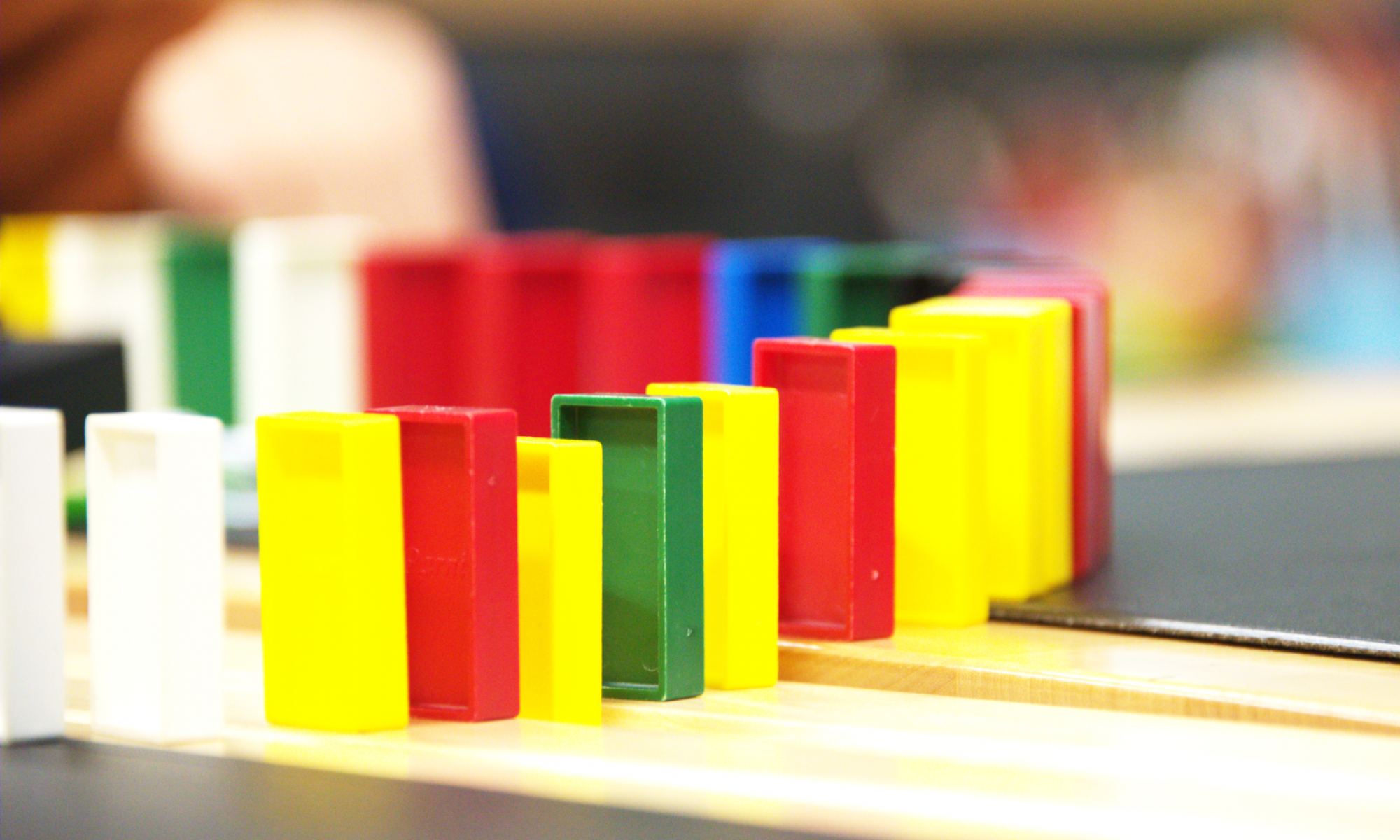It is recommended that you make use of the materials presented here when planning your teaching period.
The teaching period takes place in a school during a period of two weeks, and it is conducted in collaboration with the teachers. Exact timing of the teaching period will be planned with the school teachers, taking into account the pupils’ weekly schedule and other factors. The aim of the period is to raise the pupils’ awareness of circular economic thinking by conducting two invention projects relating to the topic. The idea is not to teach circular economy or the innovation process in an explicit manner, but simply to provide a framework for what will happen in the classroom.
Ideally, the teaching period consists of eight lessons, taught on four separate occasions (2+2+2+2). However, this is not mandatory. The relative shortness of the teaching period must be considered when planning the activities. It is a good idea to proceed to the problem solving stage relatively quickly to allow enough time for the planning and execution of the artefact. Warmers and lead-ins should be kept to a minimum. The pupils should preferably begin to identify the resources required for the execution of the product by the end of the first lesson. Depending on the group, it might be useful to present the pupils with different school-related issues that can be used in the project.
Examples of issues that could be worked on
- Pupils often throw away part of their lunch instead of finishing it
- Scissors have a tendency to go missing and new ones have to be bought
- When crafting, often only a half of a card stock sheet is used and the other half is thrown away
- The school gym is empty from 3pm to 4pm every day
- The school is empty every night
- The school footballs are never used in the evenings
- Many parents drive their own child to school, with no-one else in the car
- There is unused space on the school roof
- The tablecloths from the school cafeteria are too worn and are in danger of being thrown away
- A child receives multiple birthday presents, some of which he/she will never use
The pupils will come up with multiple ideas, especially if they do not yet know that they themselves will eventually come up with the solutions. You may also ask the pupils to think of three ideas on their own and then continue brainstorming with a partner, and, finally, in groups. It is a good idea to make use of creative problem-solving techniques, especially if the pupils are already familiar with these.
The pupils should be encouraged to think about different ways of solving the problem at hand, as the first idea they come up with is not always the best one. It is good to emphasise that what they are doing is an iterative process. This is another reason why it pays off to start building the artefact as soon as possible – making sure there is enough time to make any necessary corrections and adjustments. Time should also be left for sharing and presenting the ideas. You can, for example, have two groups share their ideas with each other and at the end have each group present to the whole class. Idea sharing also happens when a group explains the results of their brainstorming session to the teacher, who then gives supportive feedback to the group.
Finally, ways to apply formative assessment to the project should be planned. Formative assessment helps ensure that the multidisciplinary module is making progress and meeting its goals. Has the pupils’ awareness of the values that circular economy is based on been raised? One way to find out is, for example, to ask if they would be willing to share clothes or toys with someone else, or if someone has become more interested in recycling plastics at home.
